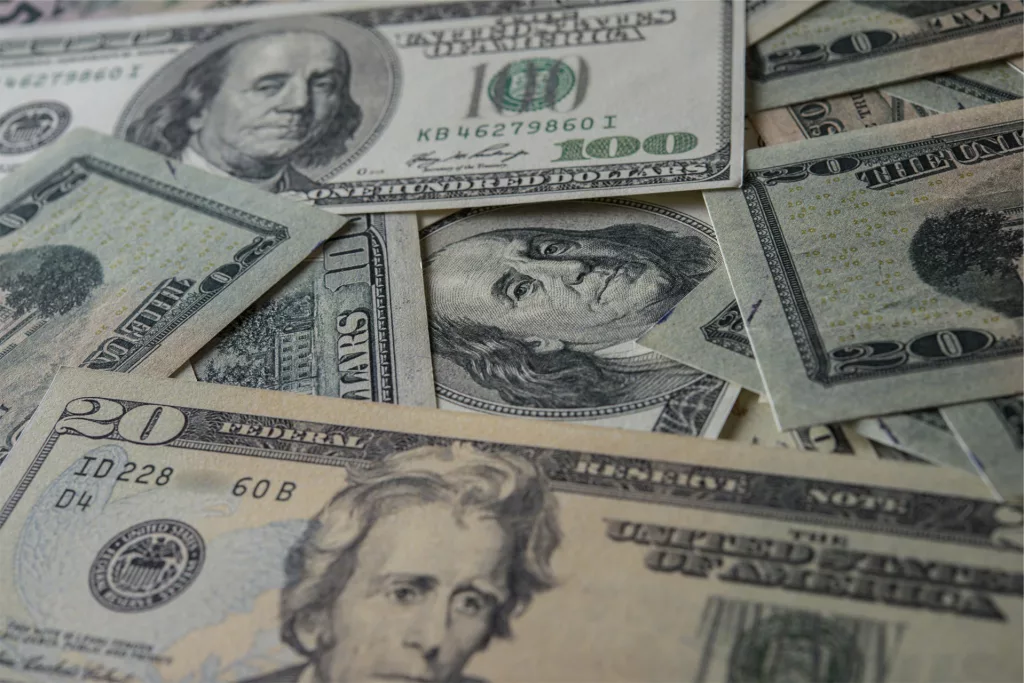On Saturday, U.S. President Donald Trump signed an order imposing a 25% tariff on imports from Mexico and Canada and a 10% duty on Chinese goods. Energy resources from Canada face a lower 10% tariff to minimize any disruptive effects on gasoline and home heating oil prices.
In response, Canadian Prime Minister Justin Trudeau announced 25% retaliatory tariffs on $155 billion worth of U.S. products. Mexico also pledged to take countermeasures, though President Claudia Sheinbaum did not disclose specific actions. China imposed tariffs on soybeans, automobiles, and technology while seeking alternative trade partners and filing a complaint with the WTO.
Understanding the Tariffs
Tariffs are taxes on imported goods to encourage domestic production and protect national industries. However, these tariffs often lead to higher costs for consumers and businesses. The recent U.S. tariffs target key imports from Canada, Mexico, and China, affecting industries such as steel, aluminum, technology, and textiles.
What This Means for the Second-Hand Textiles
The second-hand industry, particularly textiles, is not immune to the ripple effects of tariffs. Global Tariffs disrupt the second-hand textile industry, increasing costs and reshaping supply chains. Tariffs on textiles make importing second-hand clothing more expensive, raising prices for graders, thrift stores, and wholesalers who rely on global sourcing.
Many used garments are sorted and processed in the United States before being redistributed worldwide, but trade restrictions can delay shipments and reduce inventory. As Canada seeks alternative markets, North American businesses may struggle to maintain supply.
Resale businesses must adapt by diversifying supply chains, strengthening domestic partnerships, and promoting the environmental benefits of second-hand clothing. As global trade policies continue to evolve, flexibility and innovation will be key for businesses navigating the changing landscape of second-hand textiles.
Impact on Canadian Second-Hand Collectors Exporting to the U.S.
These tariffs pose a significant challenge for Canadian second-hand collectors who primarily export secondhand goods to the U.S. Higher costs may make U.S. buyers less likely to purchase Canadian goods, leading to potential shifts in market demand. Canadian Second-Hand Collectors should consider:
– Exploring Alternative Markets: Africa, Asia, and Latin America offer growing demand for secondhand clothing and textiles. Diversifying export destinations can help mitigate dependency on the U.S. market.
– Expanding Domestic Sales: Strengthening relationships with domestic buyers and increasing sales within Canada can provide an alternative revenue stream to offset losses from U.S. tariffs.
– Negotiating with U.S. Buyers: If you have established relationships with U.S. clients, explore cost-sharing strategies, adjusted pricing models, or bulk shipment discounts to lessen the financial burden of tariffs.
– Leveraging Currency Fluctuations: The Canadian dollar’s depreciation against the U.S. dollar may help offset some tariff costs, though not entirely.
Looking Ahead
Trade policies evolve, and negotiations between nations may lead to changes in tariff structures. Businesses that adapt by diversifying supply chains will be better positioned for success.
As these global trade dynamics unfold, we encourage our community to stay informed, support sustainable businesses, and advocate for policies that balance economic growth with environmental responsibility.
At Bank & Vogue, we leverage our extensive network of customers and suppliers across North America and beyond to help businesses diversify their supply chains and adapt to changing trade conditions. Whether you’re seeking alternative sourcing options or looking to expand into new markets for second-hand textiles, our expertise in global resale and recycling solutions provides the support you need to navigate these shifts.
Stay tuned for more updates and insights from Bank and Vogue as we navigate these shifting economic tides together.







